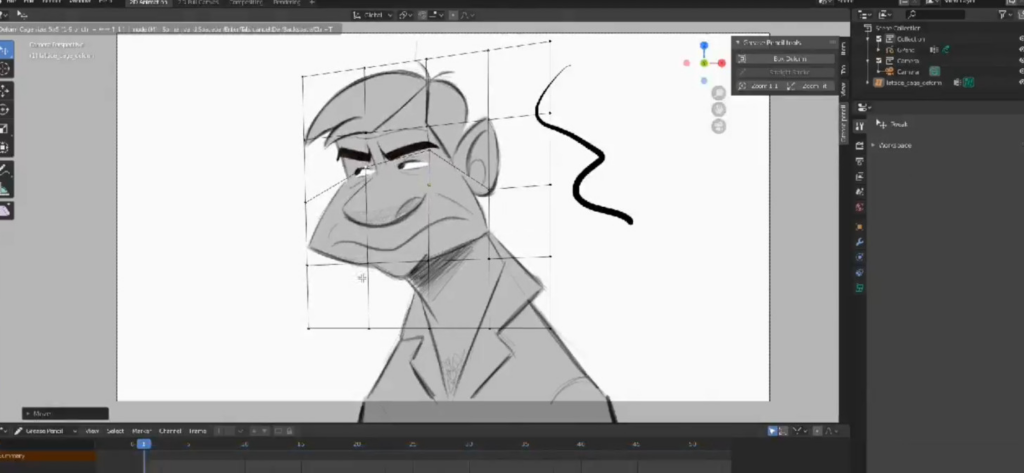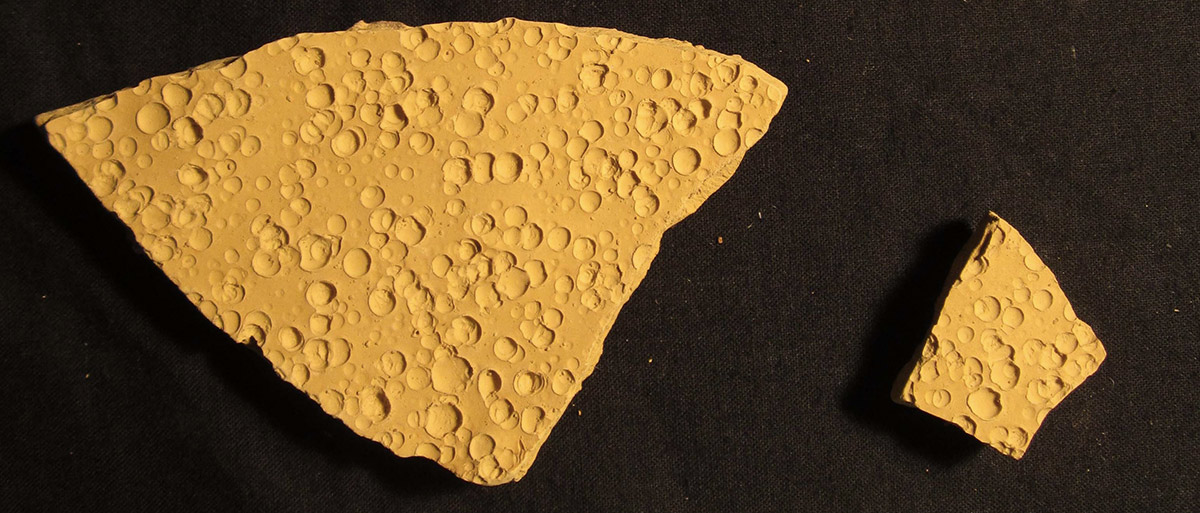
Grease Pencil is this great module for 2D animation within the open source 3D application Blender. When you download Blender, Grease Pencil is included. It’s already a wonderful tool, but it can be greatly improved with some add-ons. In this article we will list the ones we use, what they are good for and where to grab them. We will also explain why they are not included in blender, and offer you an option to install and update them all easily. Let’s go!
Read moreThis article exists in French / Cet article existe en français
